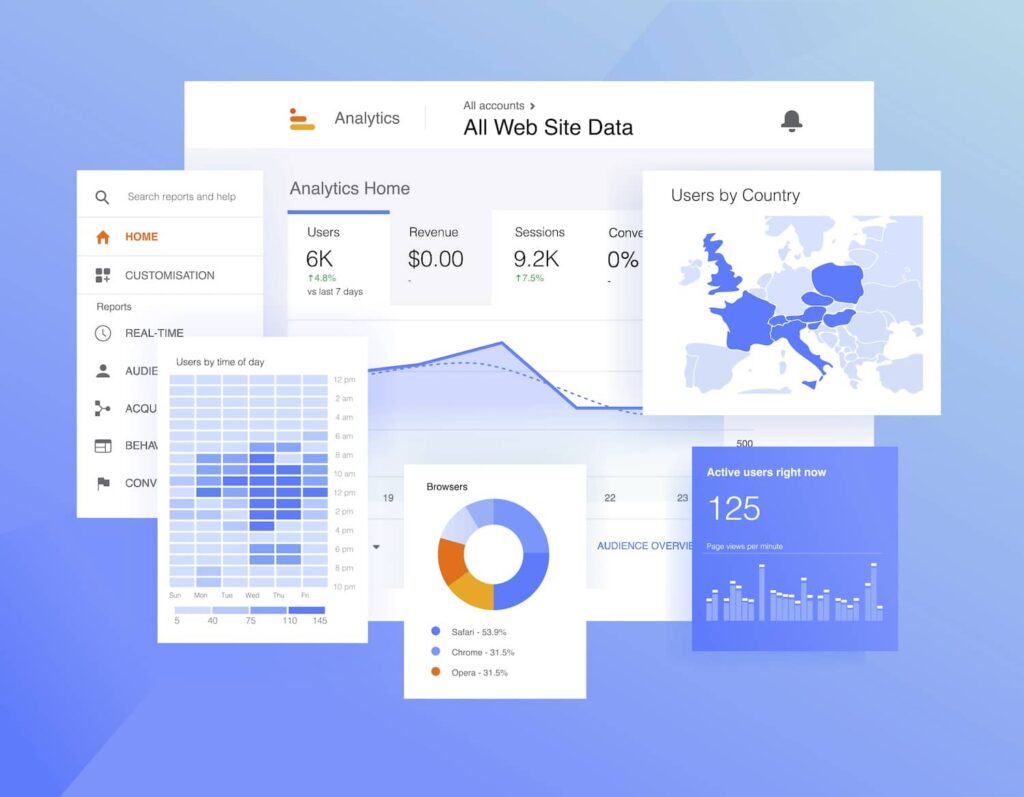Understanding Secondary Dimensions in Google Analytics: Definition and Critical Combination
Understanding Secondary Dimensions in Google Analytics: Definition and Critical Combination
Blog Article
Unveiling the Effect of Additional Dimension in Google Analytics on Information Evaluation and Insights
In the realm of information analytics, the usage of secondary dimensions within Google Analytics has arised as a critical device for drawing out deeper insights and unraveling complicated patterns that may or else continue to be covered. By peeling off back the layers of primary information collections, secondary dimensions provide a nuanced perspective that enriches the understanding of customer habits, site performance, and the effectiveness of advertising approaches. The real influence and untapped potential of additional dimensions are usually ignored, eclipsed by the appeal of key metrics. As we navigate through the intricate landscape of information analysis, the significance of additional measurements becomes progressively apparent, shedding light on critical details that hold the secret to notified decision-making and calculated optimizations.
Discovering the Idea of Additional Measurements
Second dimensions in Google Analytics provide additional understandings by allowing individuals to evaluate key data in conjunction with an additional characteristic. This function makes it possible for an extra detailed understanding of the primary data by including another layer of information for evaluation. By incorporating second measurements, users can dive deeper into the data and uncover useful connections that could or else go undetected. By combining the primary data of website web traffic with second dimensions like demographics or habits, online marketers can gain a much more extensive view of their target market and customize their approaches as necessary.
Understanding the idea of additional dimensions is important for making the most of the possibility of Google Analytics. It allows customers to section data efficiently, identify patterns, and make informed choices based upon a more total photo of their analytics information. By exploring the various secondary measurements readily available in Google Analytics, individuals can open new insights and optimize their digital advertising and marketing initiatives. In essence, additional dimensions function as a powerful device for enhancing data evaluation and driving workable outcomes.
Enhancing Data Interpretation With Secondary Dimensions
Having established the fundamental understanding of additional dimensions in Google Analytics and their pivotal duty in information evaluation, the focus currently changes in the direction of leveraging these secondary characteristics to enhance the analysis of analytics data (what is a secondary dimension in google analytics). By integrating additional dimensions right into information analysis, analysts can get deeper understandings right into user behavior, site performance, and marketing effectiveness

Additionally, secondary measurements assist in contextualizing primary information metrics by giving additional layers of details. This contextualization help in comprehending the 'why' behind the information trends, aiding analysts make informed optimizations and choices to boost total efficiency. Eventually, including additional dimensions enriches the data analysis process, leading to even more strategic activities and significant insights.
Revealing Hidden Insights With Second Measurements
Discovering the depths of analytics information with additional measurements reveals valuable understandings that would otherwise continue to be covered. By including secondary measurements in Google Analytics, businesses can discover surprise patterns, patterns, and correlations that supply an even more extensive understanding of individual behavior and web site efficiency. These additional layers of data allow experts to delve deeper right into the key measurements, such as web traffic resources or touchdown pages, and acquire an extra nuanced point of view on just how various variables interact with each other.
Through making use of second measurements, experts can sector and contrast data throughout numerous measurements, enabling them to determine certain variables that influence user involvement, conversion prices, and overall success metrics. By pairing the key measurement of 'gadget group' with the second measurement of 'age team,' online marketers can identify which age demographics choose accessing the web site with mobile gadgets versus desktop computers. This degree of granularity equips organizations to make data-driven choices and optimize their methods for much better results. Eventually, uncovering surprise insights via secondary measurements boosts the deepness and precision of information evaluation, resulting in more enlightened decision-making and boosted efficiency results.
Leveraging Second Dimensions for Actionable Analytics
Building upon the understandings revealed via additional measurements in Google Analytics, organizations can now harness this enriched information landscape to drive workable analytics and tactical decision-making. By leveraging secondary dimensions, companies can delve much deeper into their data to remove important patterns, fads, and relationships that may have formerly gone unnoticed. This much deeper level of evaluation makes it possible for services to get a more thorough understanding of individual behavior, project efficiency, and overall web site effectiveness.
One key advantage of utilizing additional dimensions for workable analytics is the capability to segment data based upon details criteria. This division allows services to customize their techniques and projects to different target market teams, causing much more targeted and efficient advertising and marketing efforts - what is a secondary dimension in google analytics. In addition, additional dimensions supply a more alternative view of user interactions, making it possible for companies to optimize their site material, design, and total customer experience
Maximizing Decision-Making With Additional Dimensions
To improve calculated decision-making in analytics, leveraging additional measurements in Google Analytics can offer a much more nuanced point of view on user behavior and project performance. By integrating Get More Info secondary measurements into data evaluation, services can dive much deeper into the specifics of their web site site over here visitors' communications and involvement patterns. This additional layer of details enables a more detailed understanding of how various variables, such as demographics, devices, or website traffic resources, impact crucial performance indicators.

Conclusion
To conclude, making use of second measurements in Google Analytics plays an essential duty in enhancing data evaluation and discovering surprise understandings. By exploring this concept, one can get a much deeper understanding of user behavior and make educated decisions based upon workable analytics. Leveraging second dimensions allows for an extra comprehensive interpretation of information and maximizes the efficiency of decision-making processes.

Report this page